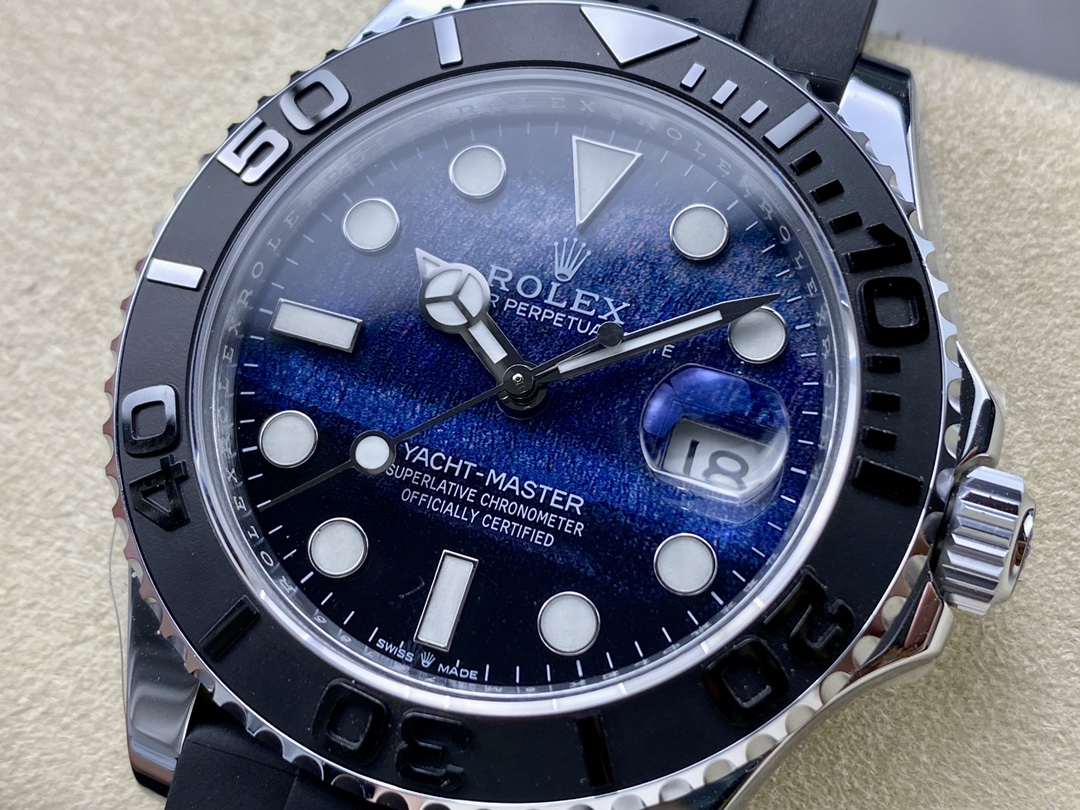Jose Perez, the mastermind behind the myth-busting horology site Perezcope, wasn’t present at the auction where a certain Omega Speedmaster sold for a staggering price, nor did he follow the event online. But by the time the dust settled, he had already received messages from three different collectors who pointed out that the Speedmaster had previously appeared for sale at a dealer in Biel. Worse, they claimed it was a “Frankenwatch” – an assemblage of genuine, but not original, parts. Perez would later describe it as “a Frankenstein watch, that did not leave the Omega factory like that.” Yet, despite these revelations, the watch had sold for a price that could only be explained by either an enormous leap in the value of a watch with dubious provenance or a brazen case of fraud that risked unraveling the entire vintage watch market.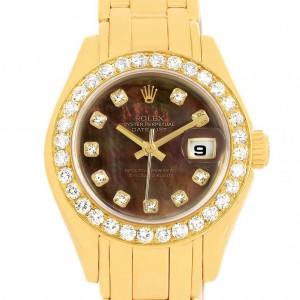
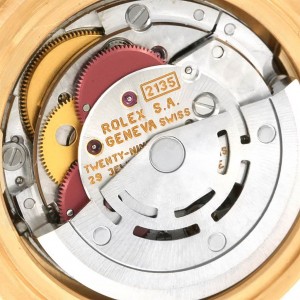
In late June, on a rare hot day in London, I met Perez at an Italian restaurant in Marylebone to discuss his work. As my bus crept along Regent Street, I noticed three men standing at the windows of Watches of Switzerland, their noses pressed against the glass, fixated on the luxury watches displayed within. The windows were lined with gleaming watches from brands like replica Rolex, Omega, and Patek Philippe – but as I watched, I wondered: were the men gazing at these masterpieces aware that many of the watches on display were fakes? The models were beautiful, but inside they lacked the intricate mechanisms that define true horology.
Perez, a Swiss national with Spanish roots who now lives in Malaysia, had come to London specifically to speak with me for this article. Widely known in the horology community as both a detective of sorts and a self-styled “internet troll,” Perez has carved out a niche in the world of vintage watches, often confronting the industry’s murky practices. Outside of the tightly-knit watch community, however, his work is slowly gaining broader recognition.
Perez’s journey into the world of vintage watches began long ago. From childhood, he had a fascination with watches, with his first serious piece being a Breitling Navitimer. But it wasn’t until 1998, when he discovered a Panerai diving watch, that his interest evolved into an obsession. He soon became an active participant in online watch forums, where he encountered the culture of watch fakes, known as “homages” – often made using vintage pocket watch parts, distressed to give them an aged look. “Panerai was fertile ground for all kinds of nonsense,” Perez recalled, reflecting on the rapid rise of replica watches in the market. 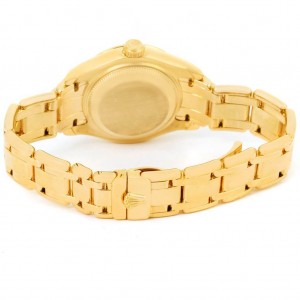
In time, Perez grew disillusioned with the world of counterfeit watches. He realized how easy it was to create a fake watch, and it wasn’t long before he began researching vintage pieces, discovering that many so-called “original” watches had been heavily altered or were outright fakes. By 2014, after relocating to Southeast Asia, he had assembled a vast, private database of vintage watches and their histories, a resource that allowed him to identify manipulated pieces and the individuals behind the forgeries.
In 2015, Perez launched Perezcope, a website dedicated to exposing the underbelly of the vintage watch world. His investigations, which ranged from dissecting “replica watches” to calling out shady dealers, quickly gained attention. One of his most notable exposes involved Luciano Rinaldi, a counterfeiter who produced completely fabricated Panerai prototypes. These watches were sold as authentic, even appearing in books, until Perez’s research uncovered their true origins. The revelation sent shockwaves through the watch community, drawing both praise and backlash. Perez was not concerned only with outright counterfeiting, though. He also focused on the widespread practice of undisclosed restoration, where parts of vintage watches were replaced or heavily modified without informing the buyer. Such practices, Perez believes, undermine the integrity of the market and leave collectors with pieces that are less valuable than they seem.
At a London restaurant with Perez, his wife Anna Ayuda, and replica watch dealer Tom Bolt, the conversation shifted to the darker side of the watch industry. Perez recounted tales of dubious dealers, auctioneers with questionable ethics, and even allegations of mafia involvement in cleaning illicit money through watch sales. Yet despite the corruption that pervades the industry, Perez’s mission remains focused on transparency. He likens his work to the reform movements of Soviet Russia, where “glasnost” and “perestroika” led to increased openness and, ultimately, the dissolution of the USSR. For Perez, honesty is the only way to preserve the value of vintage watches. 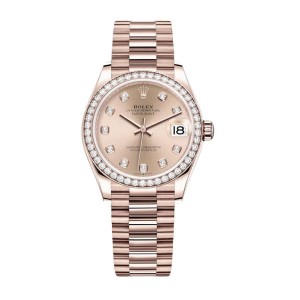
One of the central challenges Perez faces is the stigma surrounding watch restoration. Many in the industry dismiss restored watches, which often have parts replaced or their dials relumed, as less valuable than untouched originals. Perez, however, argues that this mindset is irrational. Just as paintings or cars require restoration over time, so too do watches. He envisions a system where restored watches can be openly graded and sold with full disclosure, allowing skilled restorers to gain the same recognition as art conservators. This, he believes, could help eliminate the fraudulent practices that plague the market.
The case of the Omega Speedmaster auction in April 2023 is a prime example of the kind of deception Perez seeks to expose. Perez published his findings shortly after the sale, revealing that the Speedmaster had several non-original parts, including a dial from a different watch. The story quickly gained traction in mainstream media, and Perez’s reputation as a horological detective was solidified. Both Omega, which had acquired the watch for its museum, and Phillips, the auction house, quickly distanced themselves from the controversy. Despite their statements insisting the watch was authentic, Perez’s claims raised serious questions about the integrity of the sale. The case remains unresolved, with three Omega employees reportedly facing legal action. 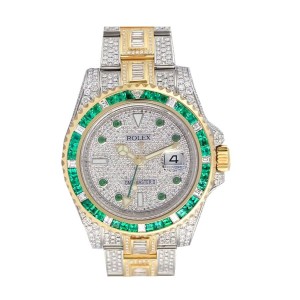
For Perez, this is more than a crusade against fraud; it’s about preserving the true history of watches. In a world where storytelling and provenance are integral to a watch’s value, fraudsters threaten to devalue these iconic pieces. “We are not only talking about vintage watches,” Perez said, “but exposing the fake stories the watch world invented.” To him, these watches aren’t just wealth symbols; they represent mechanical genius, human ingenuity, and, importantly, truth.
Later that day, Perez, Ayuda, and I visited a vintage watch dealer in Mayfair. Perez seemed calm, almost detached, as he examined the watches. But I noticed the shop’s staff watching us closely, wary of Perez’s presence. When Perez showed interest in a 1953 Rolex Explorer, an older man upstairs suddenly interrupted, coldly informing us that the shop’s catalogue wasn’t for “browsing.” Perez took it in stride, offering only a soft chuckle. It wasn’t clear if the staff had recognized him, but it was evident that Perez’s growing reputation had earned him a certain degree of discomfort from some corners of the watch world.
Perez’s work may seem ruthless, as he dissects replica watches with a forensic eye, but there’s an undeniable passion behind it. For him, watches are more than just luxury goods; they are mechanical marvels, brimming with history and significance. His mission is simple: to expose fraud and ensure that the stories surrounding these watches remain true. In a world where fake stories and counterfeit watches can distort the past, Perez is not just a detective. He is a guardian of horological history.
